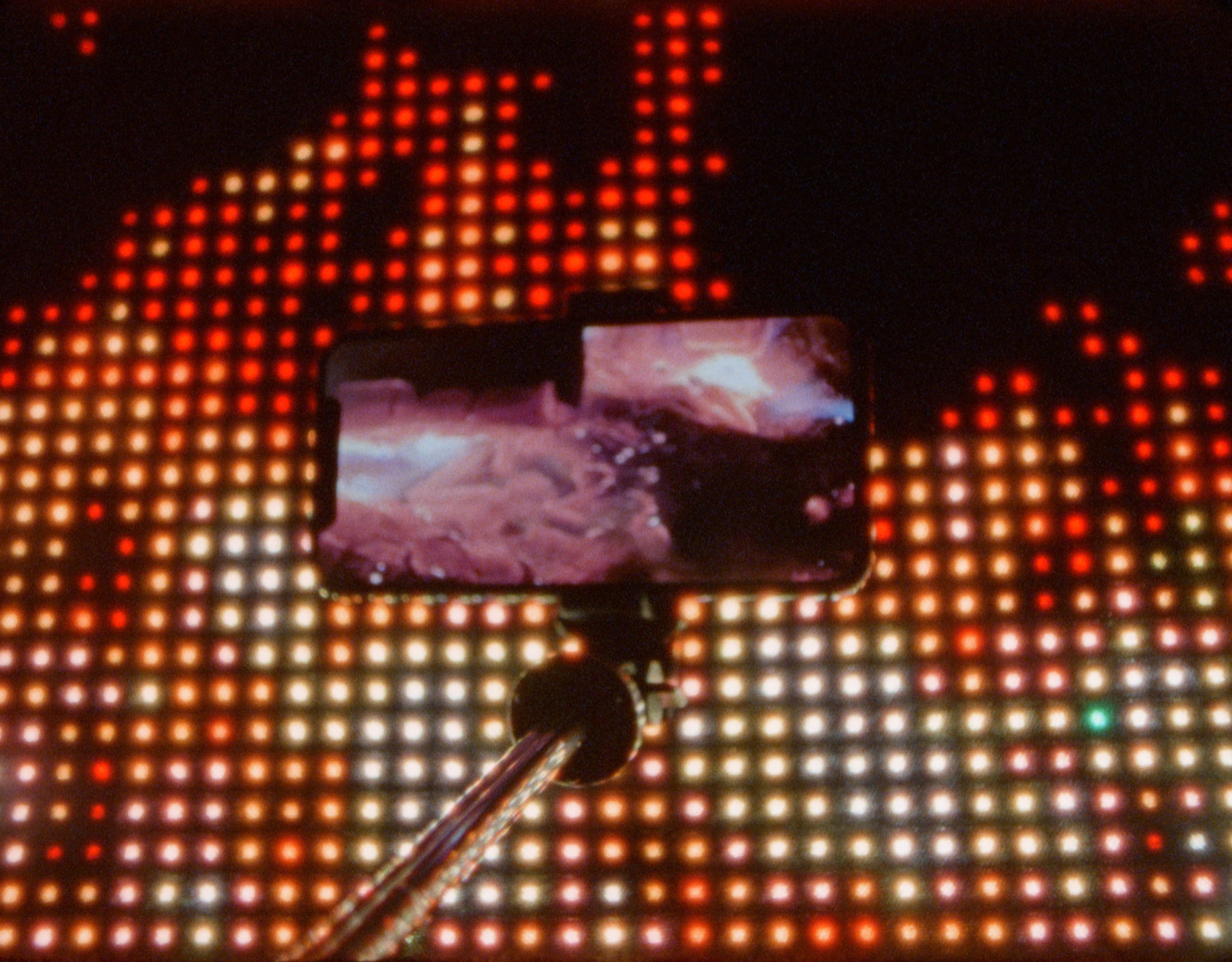 THAT WAS WHEN I THOUGHT I COULD HEAR YOU (2021) by Matt Whitman
THAT WAS WHEN I THOUGHT I COULD HEAR YOU (2021) by Matt Whitman
CROSSROADS 2022 — program 9
i remember those days (it could have been different)
Sunday, August 28, 5:30pm at Gray Area
Films as relics, dispatched from alternate futures. Memorials to lost worlds, burning, drowned or merely displaced. May you sleep profoundly and your vision may be wonderfully extended. Synthetic messengers communicate from the dark of your screens.
Advance tickets here. $12 General/$10 Cinematheque Members and members of Gray Area.
Festival Pass here. $110 General/$90 Cinematheque Members and members of Gray Area.
COVID-19 SAFETY REQUIREMENTS: Proof of COVID-19 vaccine is required for entry to Gray Area. The use of masks is highly encouraged.
facebook event here
program community partner: Kadist
SCREENING: Time Crystals (2021) by Abinadi Meza (Wixárika); digital video, color, sound, 6 minutes. BERLIN FEUER (2021) by Pedro Maia (Portugal/Germany); digital video, color, sound, 6 minutes. Microcosmos (2022) by Makino Takashi (Japan); digital video, color, sound, 12 minutes. THAT WAS WHEN I THOUGHT I COULD HEAR YOU (2021) by Matt Whitman (US); digital video, color, silent, 9 minutes. Show Me Other Places (2021) by Rajee Samarasinghe (Sri Lanka); digital video, color, sound, 12 minutes. The Deep (2022) by Gavin Hipkins (Aotearoa/New Zealand); digital video, color, sound, 11 minutes. High Heel Beloved (2021) by Leslie Thornton (US); digital video, b&w, sound, 5 minutes. TRT: 60 minutes
← 1 2 3 4 5 6 7 8 9 10 →
CROSSROADS 2022
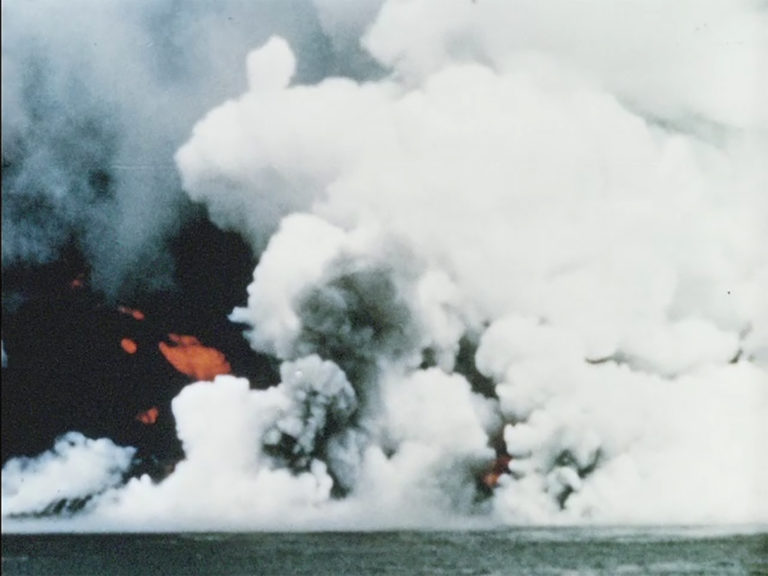
Time Crystals (2021) by Abinadi Meza
Time Crystals is a short experimental film in which a synthetic narrator tells an enigmatic and shifting story about materiality and time. “She” describes patterns in time, which she relates to the formation of crystals. It is not clear if her narrative is a memory, signal, or dream. (Abinadi Meza) bay area premiere
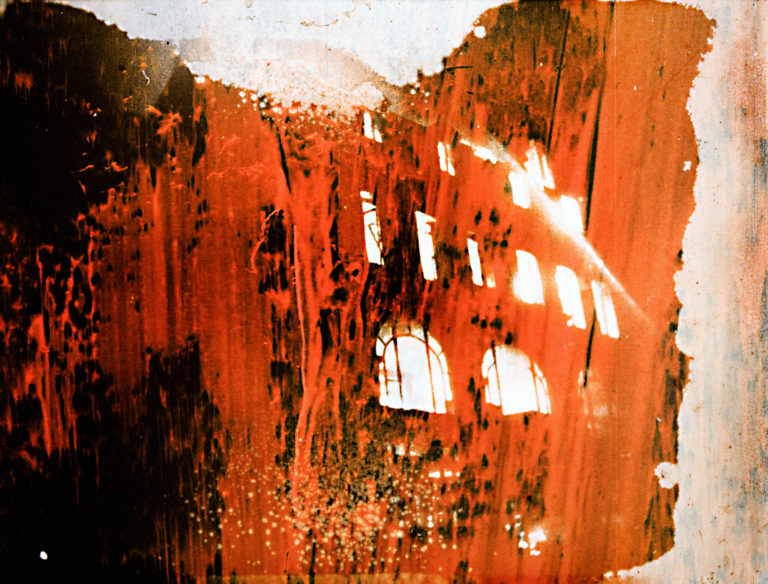
BERLIN FEUER (2021) by Pedro Maia
An ode to time decay and the power of fire. A study on disappearance and disintegration. The film is built from manipulated 35mm film, in this particular case with high-resolution scans of old nitrate celluloid film from an unknown Berlin fire dating from the 1940s. This piece is a study on disappearance and disintegration. These archives show a scene of a fire shot on highly flammable nitrate celluloid film. It was common for film to accidentally burn while projecting but paradoxically these archives have survived the fire they filmed and it is not the flames that have damaged the material, but the passage of time. (Pedro Maia) north american premiere
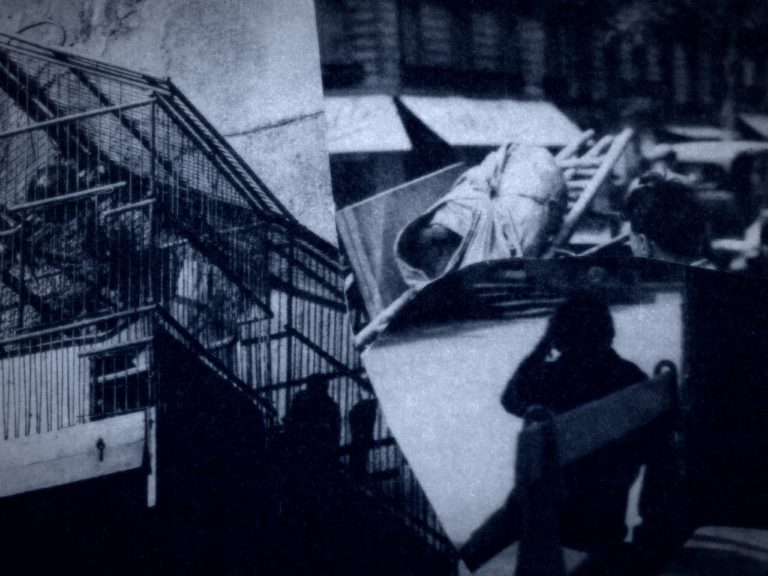
Microcosmos (2022) by Makino Takashi
Microcosmos is a non-narrative experimental documentary film that records 100 collages produced by Makino in 2021 in chronological order. (Makino Takashi) world premiere
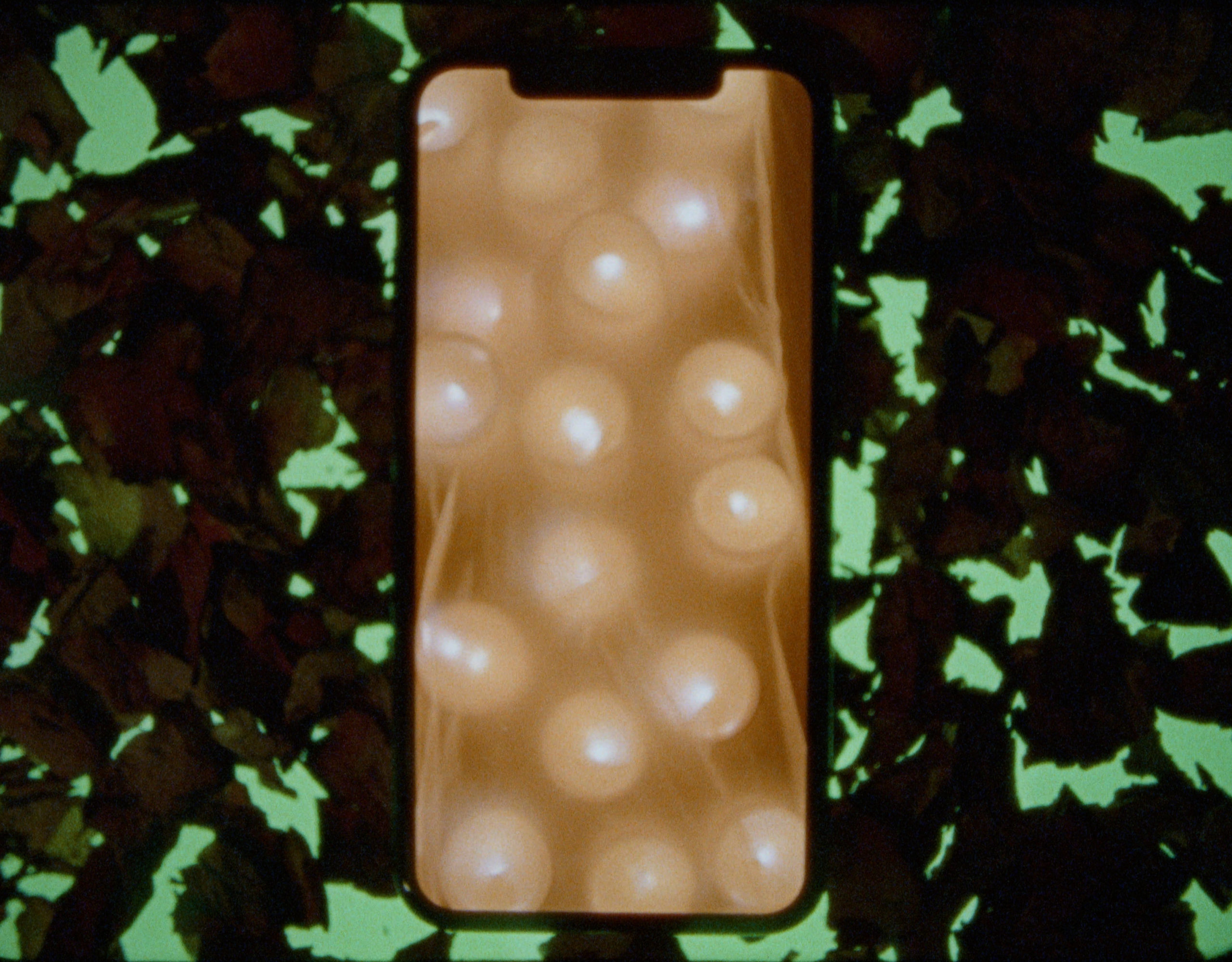
THAT WAS WHEN I THOUGHT I COULD HEAR YOU (2021) by Matt Whitman
That was when I thought I could hear you on petals, on fire, and on the edge of the bridge. (Matt Whitman) bay area premiere
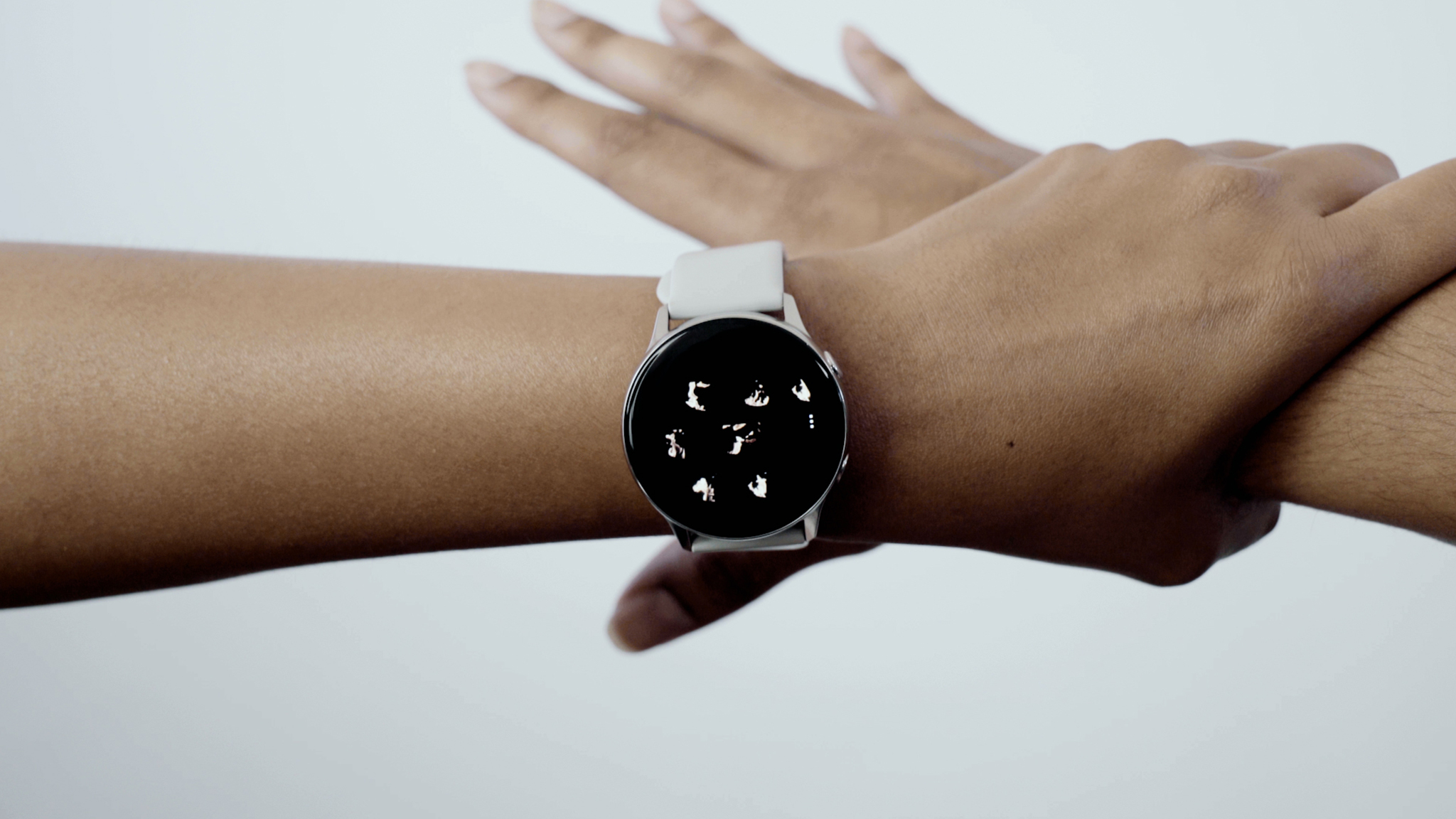
Show Me Other Places (2021) by Rajee Samarasinghe
Navigating through a multitude of spaces from the natural world to man-made environments as well as virtual planes, traditional relationships between the creator, the tool and the subject are questioned, shattered and reconstructed. Reflecting on my own practice as a filmmaker working in non-fiction, the film takes a collage-like approach to examining issues around representation, verisimilitude, the ethnographic image and the limitations of the form itself. (Rajee Samarasinghe) bay area premiere
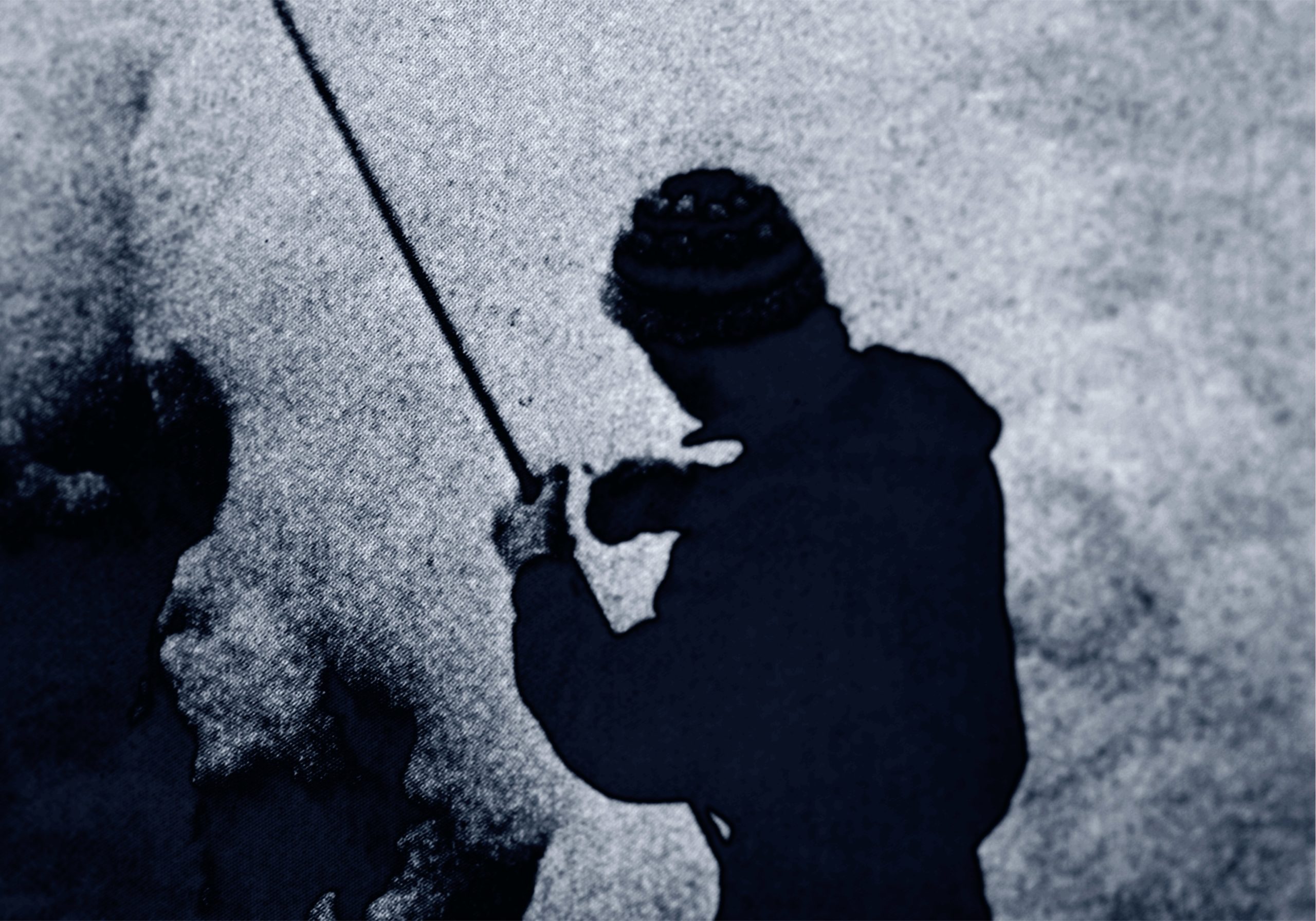
The Deep (2022) by Gavin Hipkins
A hypnotic travelogue of memory images from yesteryear’s editorial photography guides a sleepwalker’s meanderings through our fragile epoch. The nineteenth century’s therapeutic system of mesmerism is applied to that ambivalently destructive dreamscape called late capitalism. (Gavin Hipkins) north american premiere

High Heel Beloved (2021) by Leslie Thornton
bay area premiere
—————
Artist Bios
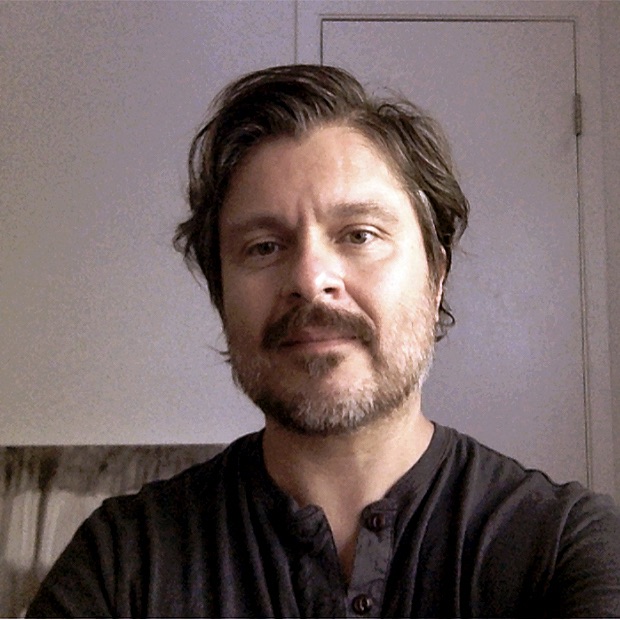
Abinadi Meza (Wixárika) is an experimental filmmaker and artist based in Austin TX. His work has been shown in festivals, galleries and institutions in Austria, Brazil, Canada, Colombia, France, Germany, Italy, Ireland, Netherlands, New Zealand, Portugal, Spain, Taiwan, Uruguay, the UK and the US.
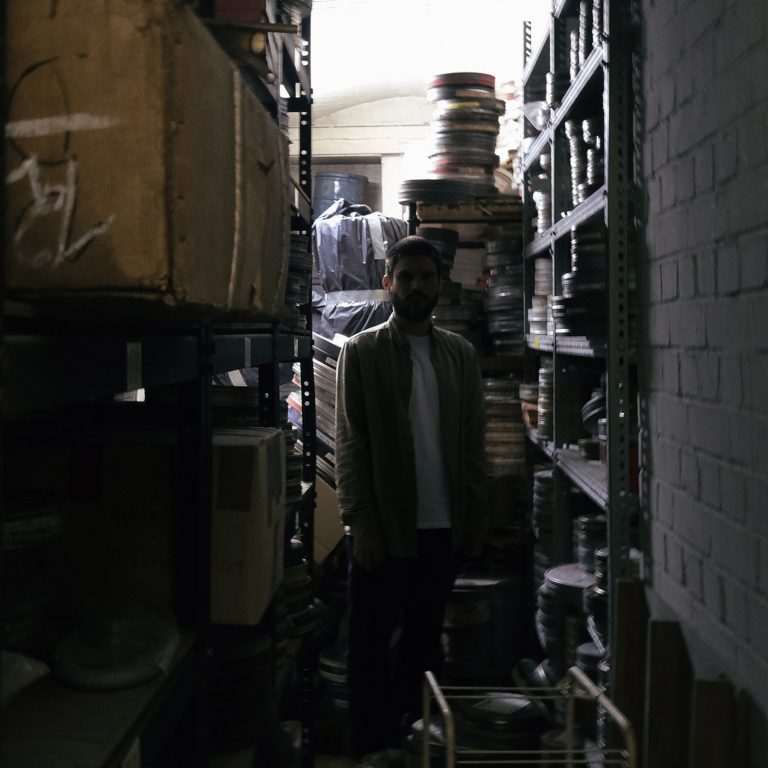
Pedro Maia (Portugal/Germany) is a filmmaker working predominantly with 16mm and 8mm film, pushing the boundaries and aesthetic of analog cinema by manipulating the raw materials and challenging the traditional process, continually expanding the visual and technological heritage of classic film methods. His work has been presented and exhibited at renowned film festivals, Institutions and galleries, including The Barbican Center, Serralves Museum, Tokyo Contemporary Art Museum, Armenian Centre for Contemporary Experimental Art, MACBA Barcelona, Edinburgh International Film Festival, Mostra São Paulo, Curtas Vila do Conde and Indie Lisboa, amongst others.
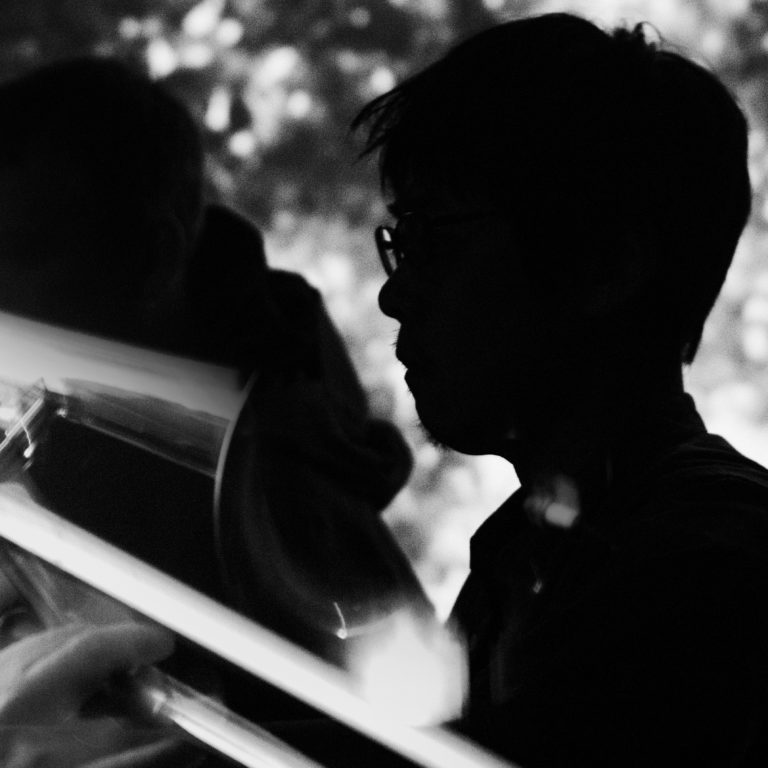
Makino Takashi (b. 1978 ) is a Tokyo-based experimental filmmaker widely considered to be one of the most influential Japanese moving-image artists of his generation. After graduating from the cinema department at Nihon University College of Art, he spent time honing his skills in the London-based studio of the Quay Brothers before moving back to Japan. His unique working process usually involves capturing representational footage of humans, nature, and urban life in various formats and then transforming these images radically during the editing stage. Through a process of layering, superimposition and other formal manipulations, these concrete images blend together into pulsating visual fields of organic abstraction in his finished works. Makino regularly presents installations, screenings and audio-visual performances of his work internationally, having appeared in over 120 cities to date.
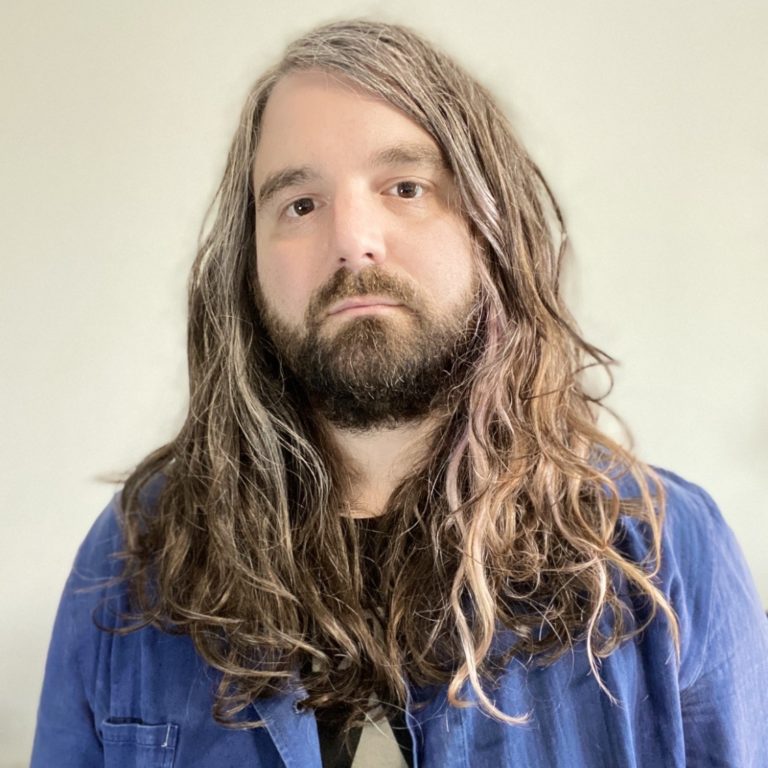
Matt Whitman (US) is an artist and filmmaker working with 16mm and Super-8mm motion picture film. His films have recently screened at the Chicago Underground Film Festival, the Winnipeg Underground Film Festival, Ann Arbor Film Festival, ANALOGICA, Fracto Experimental Film Encounter, Kinoscop, Process Festival, Light Matter, Light Field, Microscope Gallery and other venues. He lives and works in Brooklyn and has taught at Parsons School of Design since 2014.
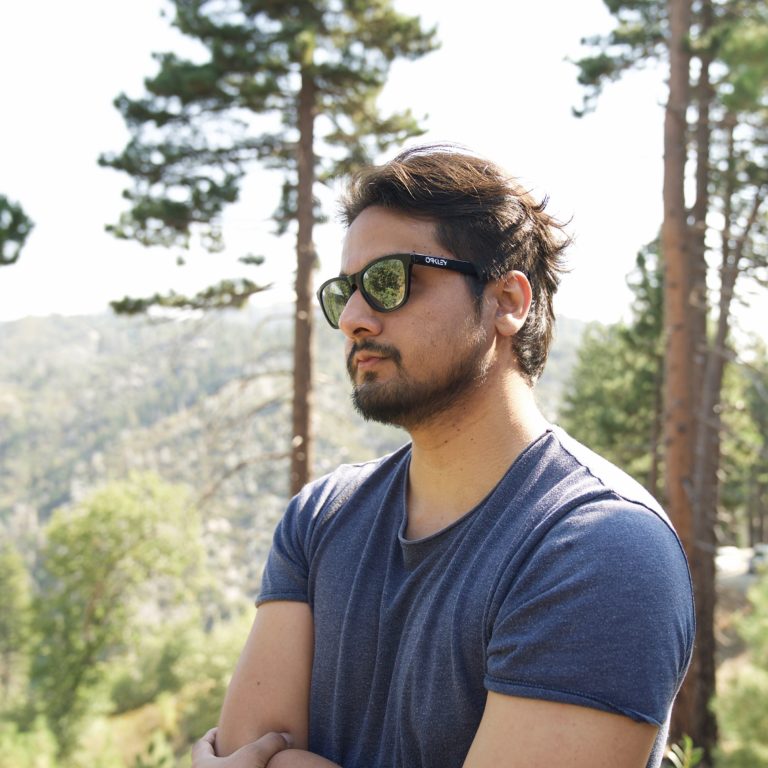
Rajee Samarasinghe was born and raised amidst the decades-long civil war in Sri Lanka. He later left for the United States where he is now based. He received his BFA from the University of California San Diego and his MFA from the California Institute of the Arts. Much of his work examines sociopolitical conditions in Sri Lanka through the scope of deconstructing ethnographic practices and the colonial gaze in contemporary media. His practice was born out of a desire to understand the circumstances around his childhood and often navigates the terrain of memory, migration and impermanence.
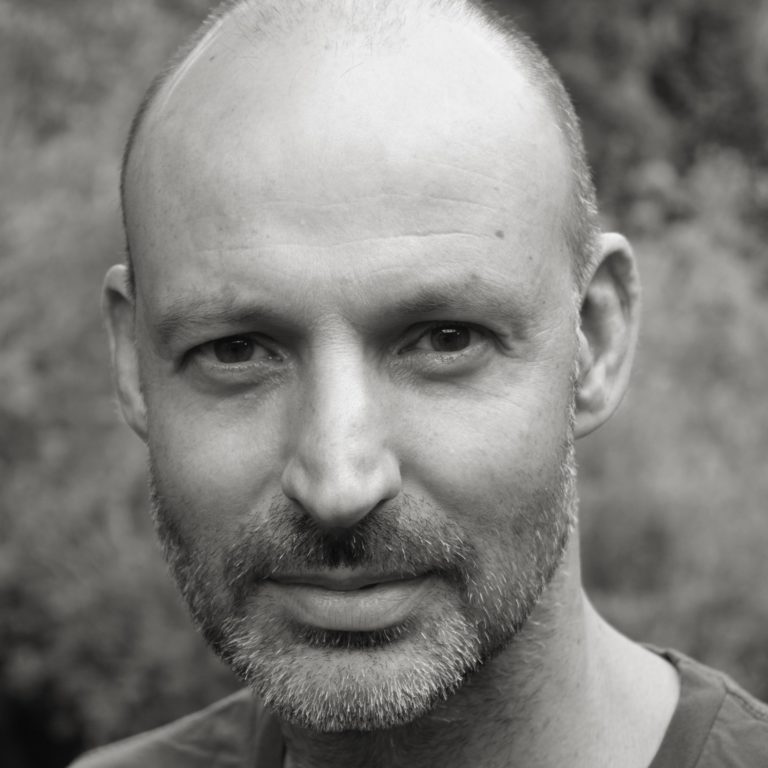
Gavin Hipkins is a New Zealand-based artist. His photographs and moving image works interrogate how images create meaning through fragmentation and circulation. His work explores the nation-state, particularly in colonized countries in an era of re-imagined communities and ideas of social and political utopia. His work has been exhibited widely over the last three decades. Recent screenings include: Internationale Kurzfilmtage Winterthur (2021); 25FPS Festival, Zagreb (2020); Recontres Internationales Paris/Berlin (2020); Stuttgarter Filmwinter (2020); 9th Asia Pacific Triennial of Contemporary Art, Gallery of Modern Art, Brisbane, Australia (2019); International Film Festival Rotterdam (2018, 2015); International Short Film Festival Oberhausen (2017, 2016).
